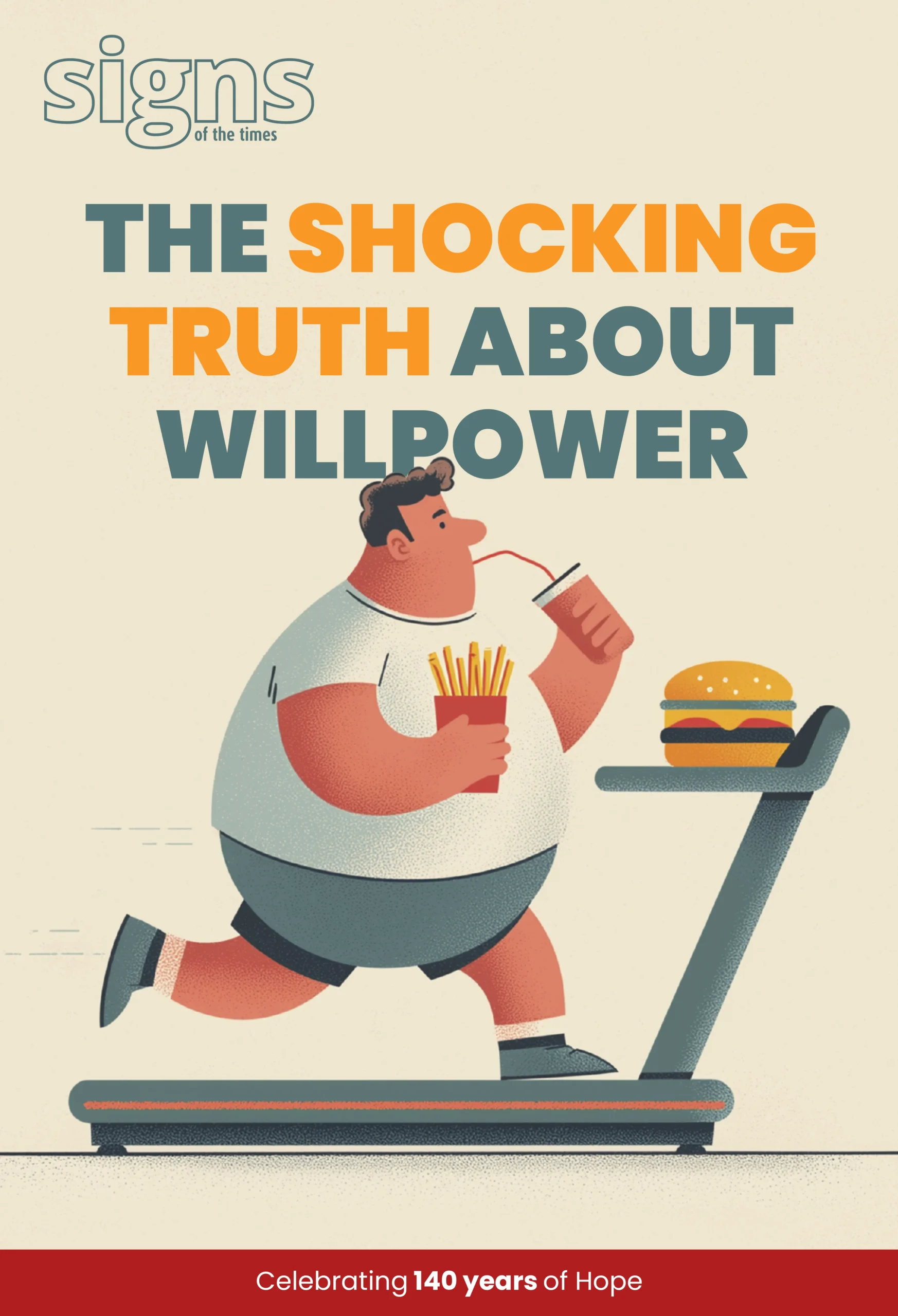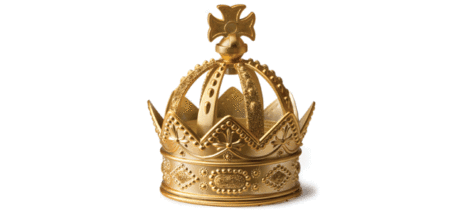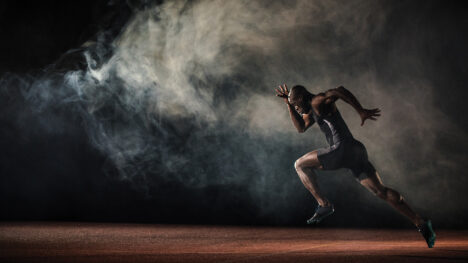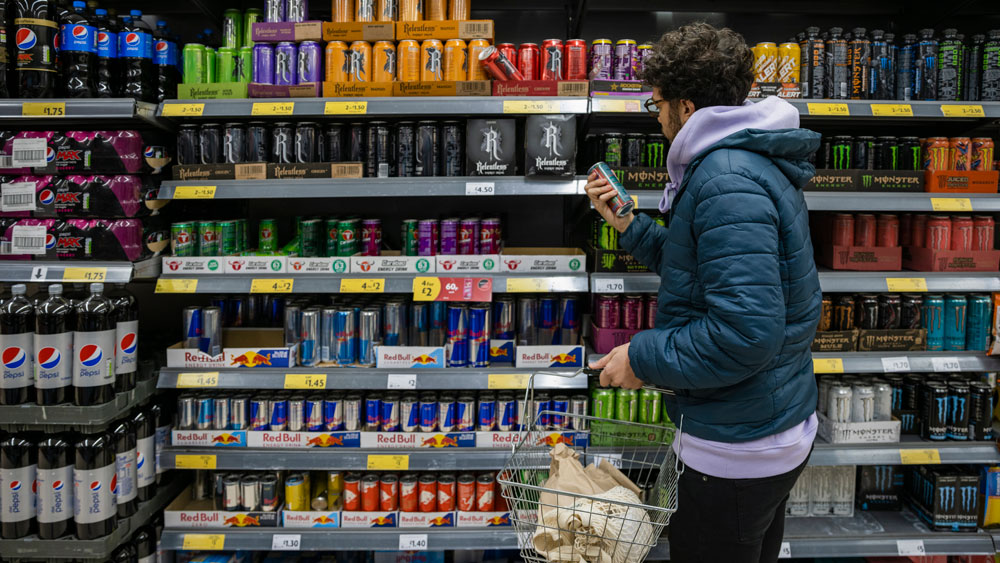
Loss of energy is caused by various factors that demand more than our body can cope with. Unfortunately, humans tend to push the body beyond its limits with the aid of caffeine and other stimulants to increase energy and performance for work, leisure, studies and sport. Energy drinks have been on the market for a long time, and though they can increase alertness and energy, they come with potentially harmful effects.
The energy drinks market in Australia increased between 2016 and 2021 with a growth of 15.74 per cent during 2020. Today, we have these energy drink brands in Australia and NZ: Shine, Red Bull, Mother, Monstere, Powerade, V and more. In 2024, Canstar Blue reported that for overall satisfaction, Aussies rate Mother as the top drink, followed by V, Monster Energy and Red Bull (the brand with the highest sales).
The safe consumption of energy drinks is controversial. While there are reports of increased energy drink consumption amongst US adolescents, recent studies showed eight per cent of 8942 Australian secondary students consume energy drinks at least weekly, with 51.2 per cent of Western Australia’s 3688 high school students drinking an energy drink either monthly, weekly or daily. Young people from adolescents to young adulthood are the target of marketing for these drinks. The main consumers are boys and young men, consuming them before and during school to increase focus and productivity. One of the major concerns lies in the amplified effects of high levels of caffeine, stimulants and high fructose corn syrup or low-calorie sweeteners for children’s developing brains and smaller body size.
added risks
In the US, there are more cases of binge drinking among those who mix energy drinks with alcohol than those who don’t. The Center for Disease Control reports more risky behaviours such as unwanted/unprotected sex, drink driving and intense binge drinking amongst 15-23-year-olds who mix alcohol with energy drinks, compared to those who don’t mix the drinks. Furthermore, 42 per cent of emergency cases involving energy drinks featured energy drinks being combined with drugs (illicit drugs as well as prescription medication). The prominence of energy drinks in these reports raises questions about what is in them that causes negative behaviour among young people.
contents of energy drinks
The differences between energy drinks and a cup of coffee are attributed to the higher caffeine and/or high sugar contents and the additives to boost performance. Some energy drinks have zero sugar but have alternative sweeteners. The common ingredients among most energy drinks are caffeine, sugar, guarana, taurine, ginseng, glucuronolactone, B vitamins, yohimbe, carnitine and bitter orange. So, what’s in these substances and why are they harmful?
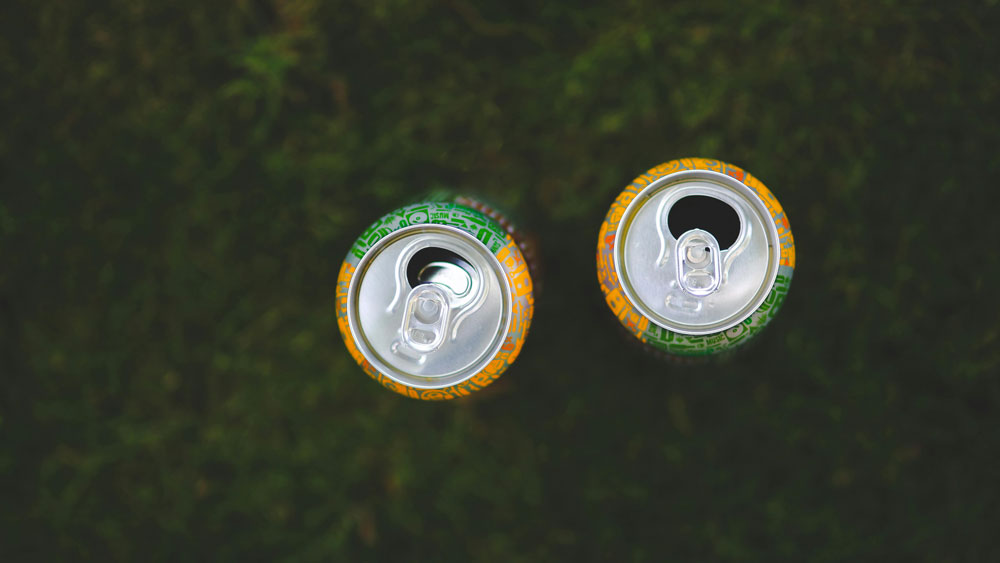
taurine
Our body produces taurine, an amino acid involved in many different functions such as regulating calcium release; processing bile acids; balancing fluids, salts and minerals; energy production; as well as reducing stress, inflammation and disease. During illness or stress, the body may need more taurine. Taurine first gained popularity amongst athletes in improving aerobic and anaerobic performance. However, there are differing recommendations on the safe level of taurine supplementation in addition to a diet of meat, fish, dairy and eggs, which provides 40-400 mg of taurine per serving. Even though a European Food Safety Authority report claimed that the 6000 mg limit is safe, it is recommended to stay within the 3000 mg maximum limit. Energy drinks typically contain 750-1000 mg of taurine per serving. As taurine is a calcium release regulator there are concerns about exacerbating cardiac effects when combined with caffeine. While some studies show that taurine can help with diabetes, improve heart health, enhance muscle contraction, increase oxygen uptake and delay muscle fatigue, there is still more research needed on the dosage for supplementation and treatment.
guarana
Guarana is a Brazilian plant and the seeds of the guarana fruit contain stimulants such as caffeine, theophylline and theobromine, as well as some antioxidants. The guarana seeds contain four to six times more caffeine than coffee beans. In high doses, guarana causes similar side effects to excessive caffeine intake.
ginseng
Many varieties of this herb are widely used in Chinese medicine. The most popular is the American ginseng and the Asian ginseng. Ginseng contains ginsenosides and gintonin which complement each other to provide antioxidant and anti-inflammatory properties. Although various studies have shown potential benefits such as improving memory, behaviour and mood, increasing energy levels and fighting fatigue, there are also concerns about the association with the development of some cancer types. The amount of ginseng in a serving size of energy drinks is varied and unclear.
caffeine
Caffeine is a psychoactive stimulant of the methylxanthine class. It is sourced from coffee beans, cacao beans, yerba maté, guarana berry, kola nuts and tea leaves. It is both fat and water-soluble so it can readily cross the blood-brain barrier. Caffeine acts in competition against adenosine by blocking the adenosine receptors to prevent sleepiness and promote wakefulness. It has long been legally available to minors, widely used by all age groups and “considered” as GRAS (generally recognised as safe). Unfortunately, the caffeine content of some energy drinks is unknown. The half-life of caffeine is five hours in an average adult and extended in pregnant women, young children and babies. Children older than nine years old develop the same half-life elimination as adults. The government recommends a maximum caffeine intake of 400 mg per day for adults, 200 mg per day for pregnant women and three mg for children, per kg of weight.

With energy drinks marketed as beverages or dietary supplements, there is no requirement to declare the caffeine content. One cup of coffee in general contains about 100 mg of caffeine. Food Standards Australia New Zealand (FSANZ) has a standardised legal limit of 32 mg of caffeine per 100 ml of cola-type soft and energy drinks. Red Bull and Mother, for example, have 32 mg of caffeine per 100 ml, but Mother has a 500 ml serving size, which equates to 160 mg of caffeine per can.
isn’t caffeine good for you?
In the US, more than 45 per cent of caffeine intoxication reports involve children or adolescents. As with any medication or drug, caffeine also has mild-to-severe adverse effects depending on dosage and the individual’s sensitivity. With an average cup of coffee, caffeine affects hormones such as adrenaline, cortisol and dopamine. It also impacts the heart, kidneys and blood vessels by increasing the heart rate, inducing stronger cardiac contraction, causing heart rhythm disturbances, increasing your systolic blood pressure and making you agitated, edgy and jumpy. It causes anxiety, digestive problems, irritability, sleep problems, rapid heartbeat and palpitations in both children and adults. Particularly for children, high caffeine in energy drinks can disrupt their still-developing cardiovascular and nervous systems and interfere with their sleep patterns. What a drink! Or wait, should we call it a psychoactive drug?
the verdict
While consuming energy drinks may be helpful to reverse fatigue and enhance physical performance, there could be a better, healthier strategy. There are concerns about the high caffeine content that is harmful to adolescents, as well as the high sugar and the unknown impact of the combination of caffeine with some of the stimulating additives. The physiological reaction and the statistics from energy drink consumption have shown stress on the body, unhealthy behaviours in adolescents, poor sleep quality, digestion issues, increase in blood pressure and increased risk of insulin resistance.
Could energy drinks be band-aids over an existing underlying issue of low energy? Energy which would likely be improved from a better sleep routine, nutritious fuel, assessment of blood biomarkers or even addressing depressive symptoms and their causes. Next time you go to reach for a can, assess your body’s condition and do yourself a favour by being kinder to it through water hydration, restorative sleep, a nutritious meal and an active body. The truth is, a simple glass of water is still the best beverage of choice that is calorie-free and cleansing.


